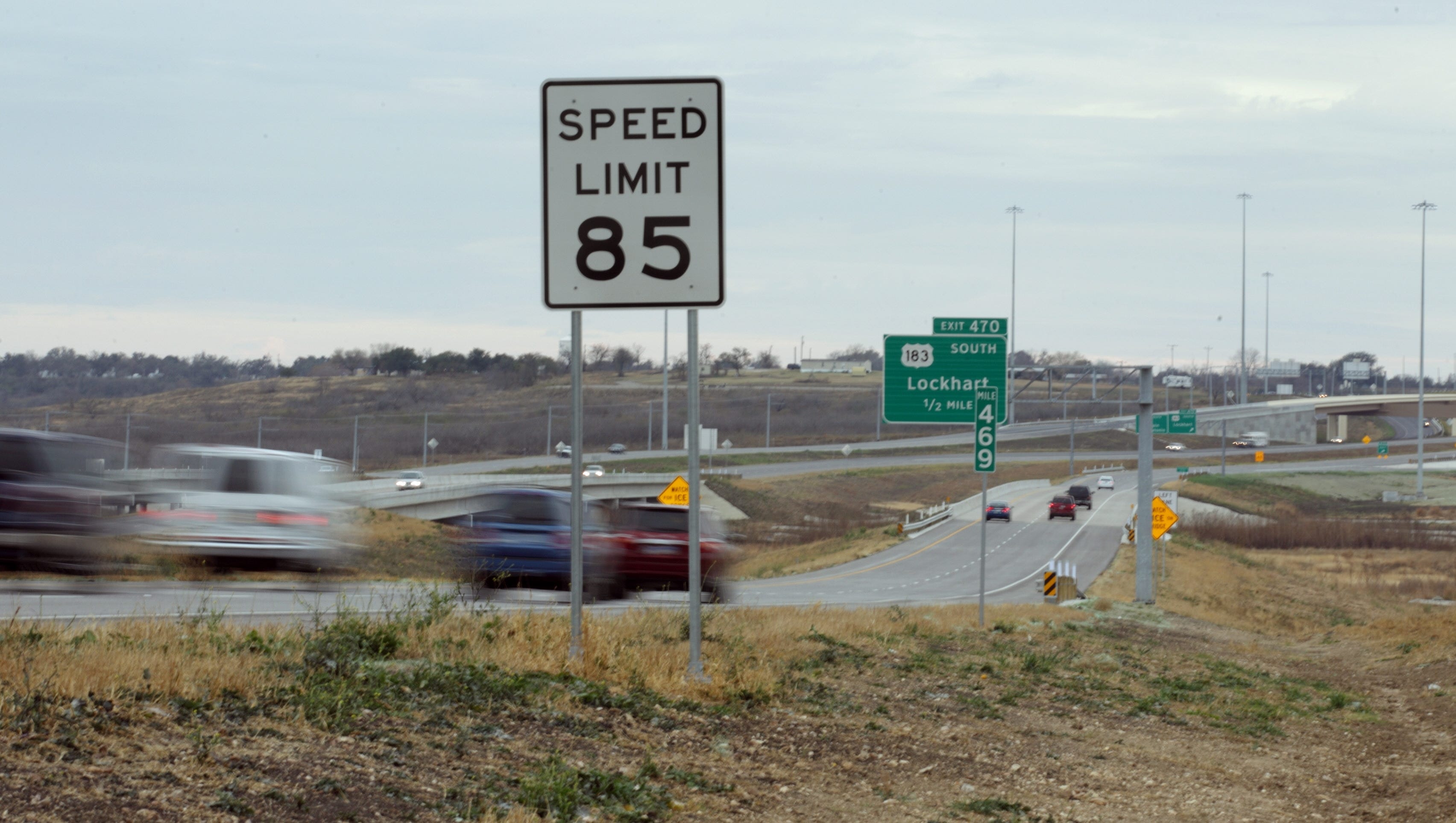
Higher speeds significantly increase the chance of being injured in a collision. Today the majority of pedestrian casualties occur in built-up areas, and people cycling are also vulnerable with over half of cyclist deaths and most injuries occurring on urban roads 1,2. In 1934 the UK introduced a 30 mph speed limit in built-up areas, however since this time the amount of motor traffic on our streets has risen dramatically. Speed limits are designed with the intention of keeping people safe, especially more vulnerable road users.

20 mph can also help to reduce the perceived dominance of motor vehicles on our streets helping to create streets and places that are more attractive for people to walk, cycle and enjoy. We strongly support a UK-wide 20 mph default speed limit in built-up areas to make everyone’s journey safer. Sustrans believes speed limits should be set with a presumption in favour of safety rather than speed. However, the situation is still a postcode lottery and most people live in built-up areas where 30 mph is still normal. Many local authorities in the UK have implemented 20 mph speed limits to improve road safety.

Increased vehicle speed also increases the chance of being injured and the severity of injuries resulting from a collision. The majority of pedestrian and cycling injuries occur in built-up areas as a result of collisions with motor vehicles. This policy position was published by Sustrans in January 2019.


 0 kommentar(er)
0 kommentar(er)
